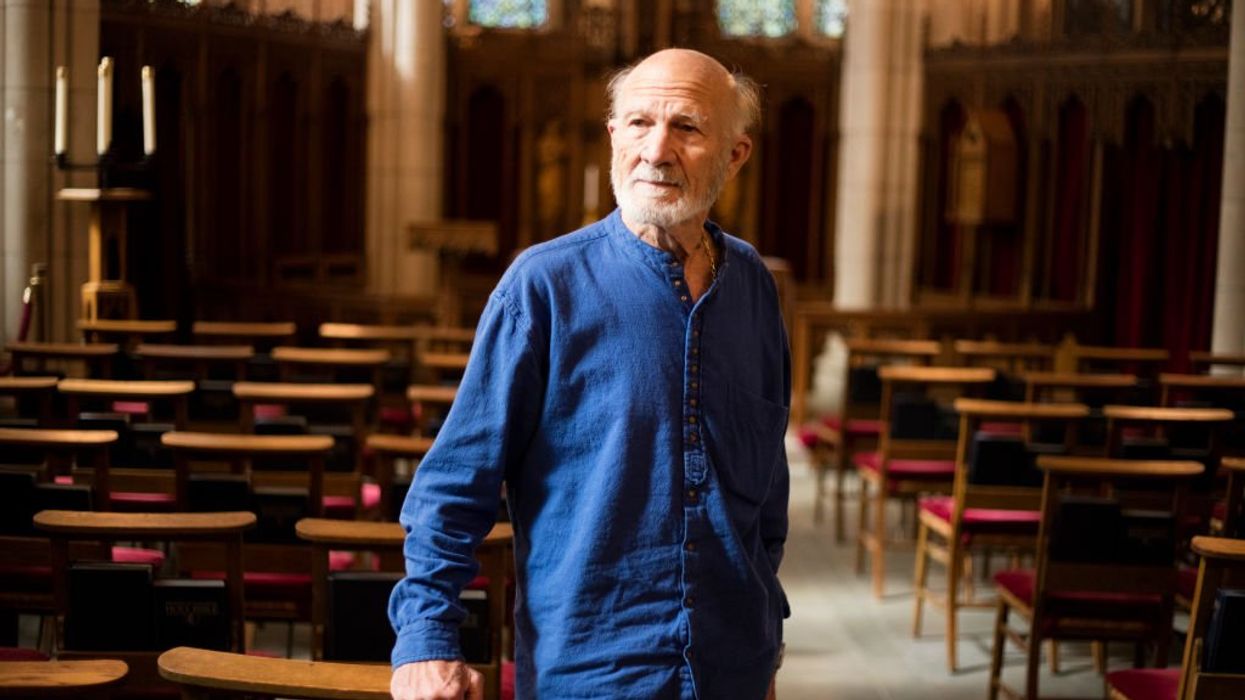
© 2024 Blaze Media LLC. All rights reserved.
Surprised? Taxpayer-Subsidized Automaker to Pay Back Loans 5 Years Ahead of Schedule
March 12, 2013
Excess free cash flow.
 This June 22, 2012 file photo shows a Tesla Model S outside the Tesla factory in Fremont, Calif. (AP Photo/Paul Sakuma, File).
This June 22, 2012 file photo shows a Tesla Model S outside the Tesla factory in Fremont, Calif. (AP Photo/Paul Sakuma, File).
Tesla Motors, which was awarded a $465 million loan from the U.S. government in 2009, announced last week its plan to pay back all its loans five years ahead of schedule, according to Bloomberg News.
“The carmaker said in its annual report yesterday that the department approved amended terms of the loan agreements that enable it to complete repayment by December 2017,” the report notes.
“Starting in 2015, the Palo Alto, California-based company will make accelerated payments from excess free cash flow,” the report adds.
“Any remaining balance that’s there at the end of 2017 we’ll pay off as a balloon payment,” Tesla Chief Financial Officer Deepak Ahuja told Bloomberg in phone interview.
But is there more to this story? How does Tesla plan on repaying the feds so early? Simple: The company plans on becoming profitable in Q1 2013.
Yeah, in case you were unaware, this is the first time since its founding in 2003 by billionaire Elon Musk that the maker of battery-powered cars expects to turn a profit.
First time.
 Tesla Motors workers assemble a Tesla Roadster at their showroom in Menlo Park, Calif. in this 2008 photo. The electric car manufacturer said that it hopes to raise $244 million when it goes public. (Paul Sakuma/AP/File)
Tesla Motors workers assemble a Tesla Roadster at their showroom in Menlo Park, Calif. in this 2008 photo. The electric car manufacturer said that it hopes to raise $244 million when it goes public. (Paul Sakuma/AP/File)
But let’s get back to that government repayment plan.
“The original terms required repayment of the loans by 2022, 10 years after the funds were drawn down. Tesla said on Sept. 25 that it was working with the Energy Department on a modified repayment schedule. Amended terms of the loan agreements were registered on Dec. 20 and March 1,” Bloomberg reports.
The report offers some more background on the deal:
The funds, provided by the Advanced Technology Vehicle Manufacturing program to Tesla as well as Ford Motor Co. (F), Nissan Motor Co. and Fisker Automotive Inc., were approved in 2009.Warrants Tesla issued to the Energy Department as part of the loan agreements vest in 2018 if the loans aren’t paid off. They would enable the government to buy more than 3 million Tesla shares at a discount.
“The value of those warrants is very substantial,” Ahuja said. “The terms of the original loan had a very good incentive for us to pay off the loan early.”
The loan amendment “formalizes that and avoids the vesting of that warrant,” he said.
Under the agreement, funds for the early payments will be generated from cash above a $200 million threshold “over our reservations balance,” Ahuja said.
But here’s something else worth noting:
Tesla also said in the filing yesterday that sales of so- called Zero-Emission Vehicle credits from its electric cars jumped to $40.5 million last year from $2.7 million in 2011.California’s environmental rules require large automakers to sell a certain number of electric and plug-in vehicles in the state annually. Those that fall short can buy such credits from companies such as Tesla that generate more than they need.
Wait, wait -- Tesla has made roughly $37 million since 2011 from selling credits? Who have they been selling these credits to?
“Ahuja declined to identify which companies bought Tesla credits, and the carmaker didn’t disclose details in its annual report,” Bloomberg notes.
Huh.
“Tesla reported sales last year of 2,650 Model S sedans, which sell for about $60,000 to more than $100,000, before a $7,500 U.S. tax credit,” the report adds.
--
Follow Becket Adams (@BecketAdams) on Twitter
Featured image courtesy Tesla website. This post has been updated.
Want to leave a tip?
We answer to you. Help keep our content free of advertisers and big tech censorship by leaving a tip today.
Want to join the conversation?
Already a subscriber?
more stories
Sign up for the Blaze newsletter
By signing up, you agree to our Privacy Policy and Terms of Use, and agree to receive content that may sometimes include advertisements. You may opt out at any time.
© 2024 Blaze Media LLC. All rights reserved.
Get the stories that matter most delivered directly to your inbox.
By signing up, you agree to our Privacy Policy and Terms of Use, and agree to receive content that may sometimes include advertisements. You may opt out at any time.


